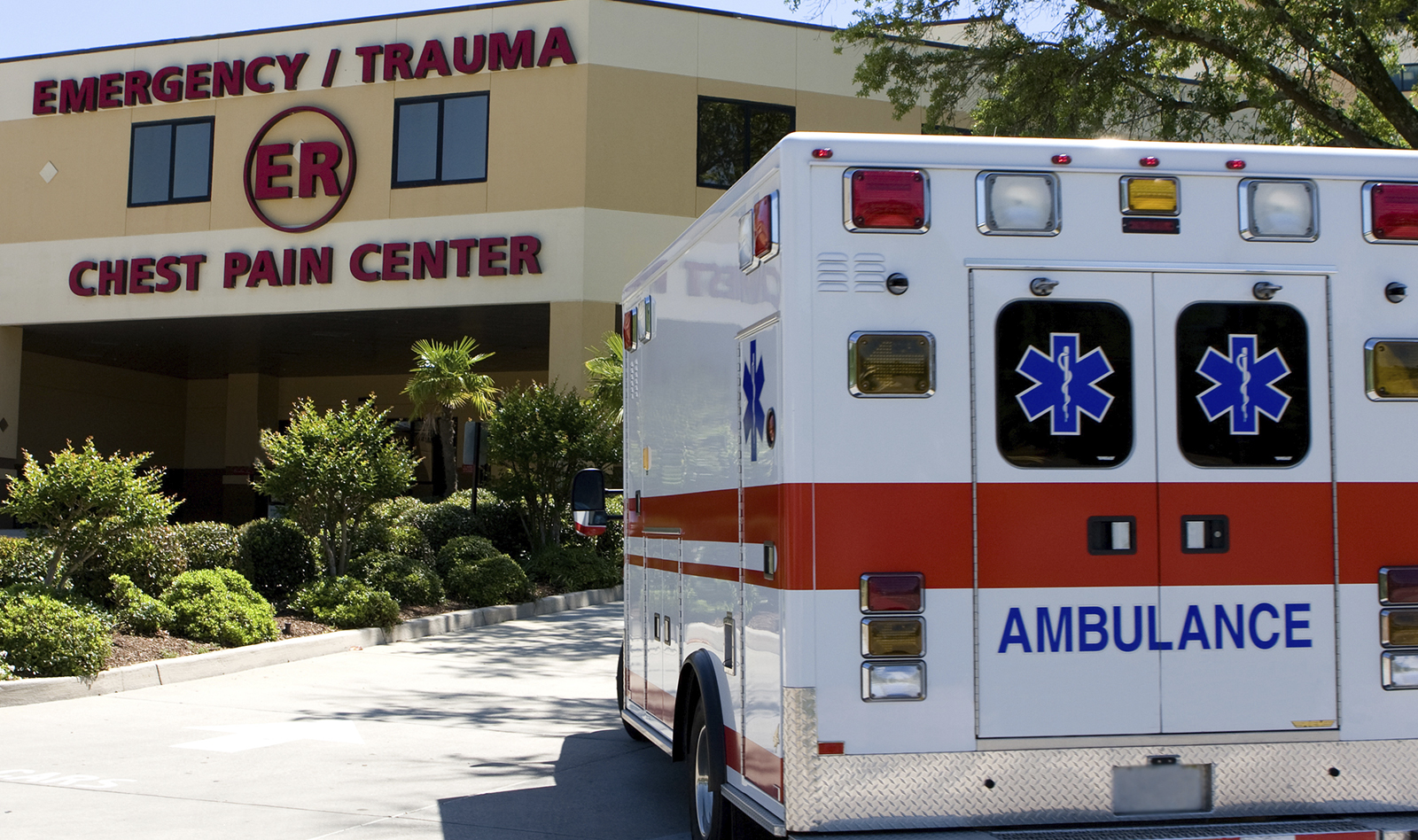Rolling a trauma patient onto the right side increases sensitivity of FAST examination.
Source: J Clin Ultrasound. 2020;48:152–155.
Rolling a trauma patient onto the right side increases sensitivity of FAST examination
INTRODUCTION
Focused Assessment with Sonography in Trauma (FAST) is part of ATLS and has become increasingly utilized over the last decade. It provides a rapid, noninvasive bedside evaluation for hemoperitoneum without the need for ionizing radiation.
Shortening the time for hemoperitoneum diagnosis may improve morbidity and mortality if the time from diagnosis to the operating room is shortened. Therefore, a technique that increases the sensitivity of the FAST exam may lead to reduced morbidity and mortality.
In a supine patient, the hepatorenal recess in the right upper quadrant is the most dependent portion of the abdomen. Therefore, the most common site of a true positive FAST is the right upper quadrant view. There is a strong correlation between a positive right upper quadrant view and injuries to the spleen, liver, and retroperitoneum.
Therefore, the authors hypothesize that rolling patients onto their right side will concentrate any free intraabdominal fluid into the hepatorenal space and increase the sensitivity of the FAST examination.
METHODS
This is a small prospective pilot study which evaluated the sensitivity of FAST exam before and after rolling a patient on the right side. The primary endpoint was the number of positive FASTs after a right-sided roll despite a negative supine examination with the same volume of intraabdominal fluid.
The study was done with a Micromaxx scanner equipped with the P17/5-1 MHz phased-array transducer (Sonosite, Bothell, WA).
The study enrolled patients with functional peritoneal dialysis catheters. First, all residual intraabdominal dialysate was drained from each patient. A baseline FAST (named FAST) exam was performed with the participant in the supine position. Then, the participant was rolled onto the right side for 30 seconds, after which was placed back in a supine position and a second FAST examination was performed (named FASTeR).
After the baseline FAST/FASTeR exams were performed, 50 mL of peritoneal dialysate was infused through the pre-existing peritoneal dialysis catheter, and the sequence of FAST/FASTeR was performed. There were three such cycles of dialysate infusion/FAST/FASTeR for a total of 150 ml of dialysate inserted into the peritoneal cavity.
Following the infusion of dialysate, each patient remained supine for approximately 2 minutes prior to performing the FAST examination. Via the baseline supine examinations prior to each roll, the participants served as their own control.
RESULTS
Six participants were able to complete the study to the point of a positive examination.
Ultrasound examinations were only performed on the right upper quadrant. All positive examinations were considered true positive studies due to the known presence of intra-abdominal fluid.
None of the positive right upper quadrant views was detected immediately after the addition of extra intraabdominal fluid while the patient was in the supine position. Rather, all six positive examinations were discovered with the FASTeR examination after the patient had been rolled onto the right side.
Two patients had negative FAST but positive FASTeR at baseline (before insertion of any fluid).
Two patients had negative FAST but positive FASTeR after the insertion of 50 ml of fluid.
One patient had negative FAST but positive FASTeR after the insertion of 100 ml of fluid.
One patient had negative FAST but positive FASTeR after the insertion of 150 ml of fluid.
CONCLUSION
The authors concluded that rolling patients onto their right side leads to the accumulation of fluid in the right upper quadrant increasing the sensitivity of the ultrasound examination, and may help even in morbidly obese patients, where the FAST exam has lower sensitivity than in patients with normal BMI.
The authors believe that this represents an opportunity to increase ultrasound sensitivity by decreasing false-negative rates, avoid unnecessary diagnostic testing, minimize delays to the operating room and potentially improve survival in blunt abdominal trauma patients.
 English
English
 Español
Español 

